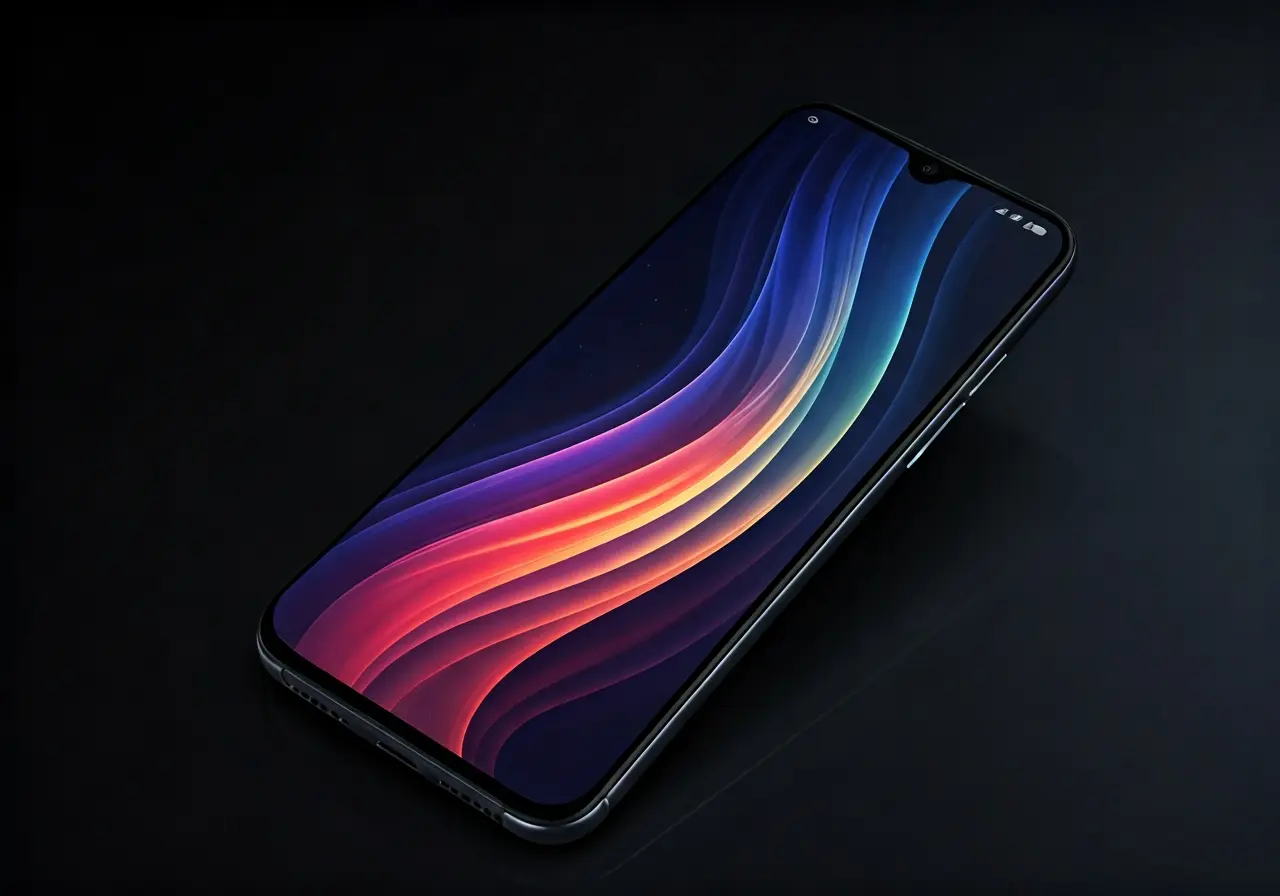10 Reasons to Hire an Android Developer for Your Next Project
In today’s fast-paced digital world, mobile applications have become an essential tool for businesses to thrive and meet customer demands. With the Android platform dominating the global market, hiring an Android developer could be a game-changer for your next project. In this blog, we will explore the compelling reasons why bringing an Android developer on board is a smart move.
1. Leverage Their Expertise in Android Development
An Android developer possesses a deep understanding of the Android ecosystem and development processes. Their expertise allows them to create robust, high-quality applications that cater to user needs effectively. By having detailed knowledge of the Android SDK, Java, Kotlin, and other essential tools, they can build apps that not only meet industry standards but also offer innovative features that enhance user experience. Moreover, their familiarity with complex technical concepts enables them to troubleshoot issues efficiently, ensuring a smooth development process from start to finish.
Hiring an Android developer gives you access to a wealth of expertise that can be tailored to your project specifications. Their ability to develop adaptive designs ensures your app looks and operates seamlessly across various devices and screen sizes. This adaptability is crucial in today’s market, where a significant portion of traffic comes from mobile devices of different specifications. These developers are also skilled in optimizing app performance, making them an invaluable asset for any business looking to enhance its mobile presence.
2. Stay Ahead with the Latest Technology
Android developers are always updated with the latest trends and technologies in mobile app development. They ensure your application is equipped with cutting-edge features to keep it competitive in the ever-evolving digital landscape. For instance, they can integrate advancements in augmented reality, machine learning, and artificial intelligence to create an interactive and engaging user experience. This proactive approach allows businesses to offer users a platform that not only meets current expectations but anticipates and adapts to future needs.
In a rapidly changing technology environment, staying ahead means incorporating the latest frameworks and tools that enhance app functionality. Android developers continuously upgrade their skills to integrate improvements like Google’s updates for Android OS, which can significantly impact app performance and user satisfaction. By keeping your application at the forefront of technology, they help maintain its appeal and functionality amid a competitive app market.
3. Efficient Problem Solvers
With their problem-solving abilities, Android developers can handle complex challenges smoothly, ensuring your application runs seamlessly without hiccups. Whether it’s solving an unexpected bug post-launch or enhancing app features to meet user feedback, these professionals are equipped to tackle issues with precision and creativity. Their analytical thinking and methodical approach are crucial in maintaining app quality and reliability, which are vital to user retention and satisfaction.
4. Custom Solutions Tailored to Your Needs
An Android developer can provide customized solutions that are perfectly aligned with your business goals, ensuring that the app meets specific requirements and delivers an optimal user experience. Their ability to understand client needs and devise tailored solutions plays a pivotal role in creating apps that stand out from the competition and connect with the target audience in meaningful ways. Whether it’s a unique user interface design or integration with existing systems, their bespoke approach maximizes the app’s impact on your business.
5. Maximize Your Return on Investment
Investing in an Android developer can significantly impact your ROI by creating efficient, user-friendly applications that attract and retain more users. A well-designed app not only enhances user engagement but also converts casual users into loyal customers. By focusing on crucial aspects like speed, performance, and visual appeal, Android developers ensure your app provides value, thus increasing the likelihood of positive reviews and increased downloads, ultimately leading to higher revenue.
Maximizing return on investment extends beyond immediate gains. A strategically developed Android app contributes to long-term business growth by enhancing brand visibility and creating new sales opportunities. Developers often deploy analytics tools to track user behavior, providing invaluable insights that can guide future business strategies and product offerings.
6. Enhanced User Experience
Android developers focus on crafting intuitive interfaces that enhance user satisfaction, leading to increased engagement and app success. By prioritizing user-centric designs, they create seamless navigation paths and responsive designs that ensure users have a positive experience every time they interact with your app. This focus not only attracts new users but also keeps them coming back, thus building a loyal user base over time.
Creating a memorable user experience involves understanding user needs and preferences. Android developers often conduct user testing and incorporate feedback to refine app features, enhancing overall usability. By creating apps that are easy to use and aesthetically pleasing, developers help businesses build a solid reputation, encouraging word-of-mouth promotion and organic growth.
7. Gain a Competitive Edge
In a crowded market, having a well-designed Android app developed by an expert can give you a significant competitive advantage over others. A unique, innovative app can distinguish your brand from competitors, capturing the attention of potential users. By offering features not found in rival apps, or presenting established functionalities in a more efficient manner, you can create a standout product that resonates with your audience.
Gaining a competitive edge is not just about innovative features; it’s also about reliability and performance. An app that delivers consistently high-quality user experience is likely to retain customers and attract positive reviews, leading to higher rankings in app stores. This increased visibility can further boost your market position and expand your user base.
8. Seamless Integration with Other Platforms
Android developers ensure your application integrates seamlessly with other platforms, enhancing usability and broadening your reach. This cross-platform functionality is particularly important for businesses that want to offer their services across different geographical and technological landscapes. Ensuring your app operates smoothly despite variations in user device preferences or operating systems can significantly expand your market potential and user base.
9. Cost-Effective Solutions
Hiring an Android developer can be a cost-effective strategy for building a high-quality application, saving time and resources in the long run. Leveraging their experience and skills can prevent costly errors during development and beyond. By streamlining the development process and optimizing workflows, these professionals ensure your app is delivered within budget without compromising on quality.
10. Security at Its Best
Android developers prioritize app security, implementing robust measures to protect your application and user data from potential threats. With the increasing prevalence of cyber threats, safeguarding sensitive information is paramount. Developers utilize encryption, secure coding practices, and regular security updates to ensure your app is well-protected against vulnerabilities, providing users with peace of mind and ensuring trust in your brand.










